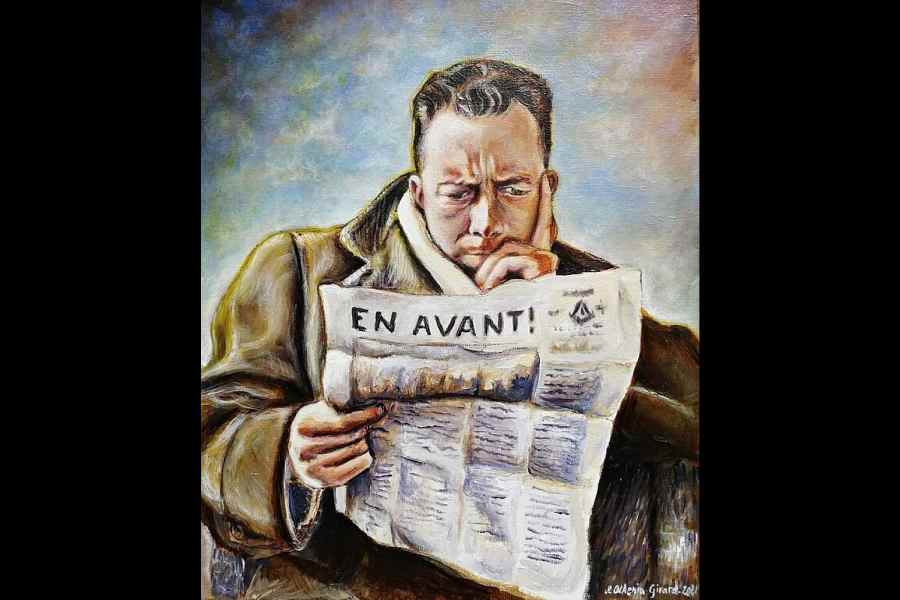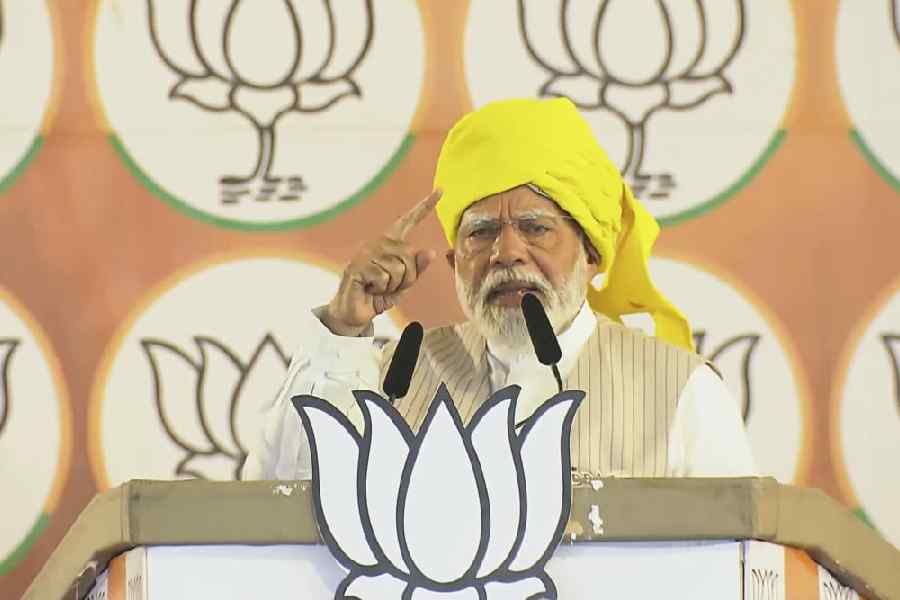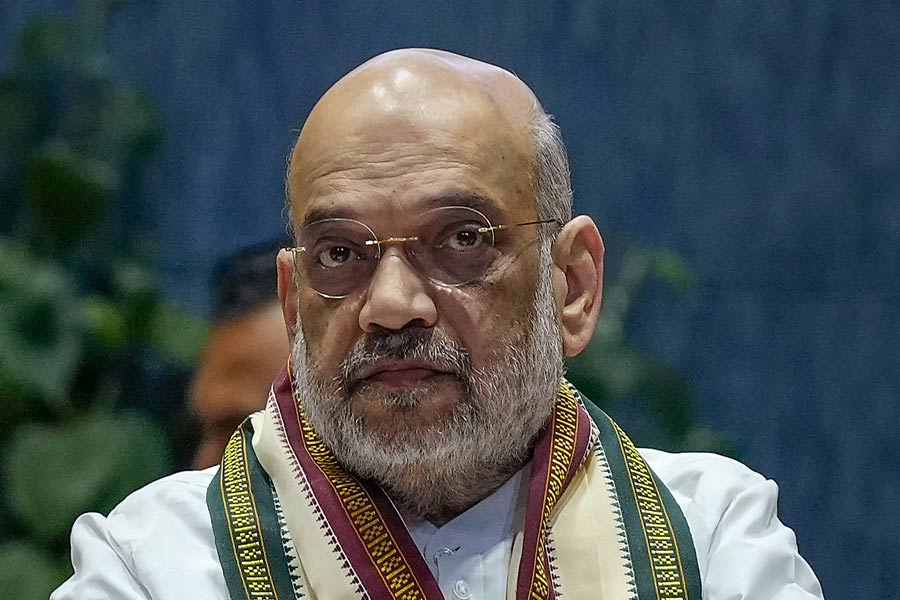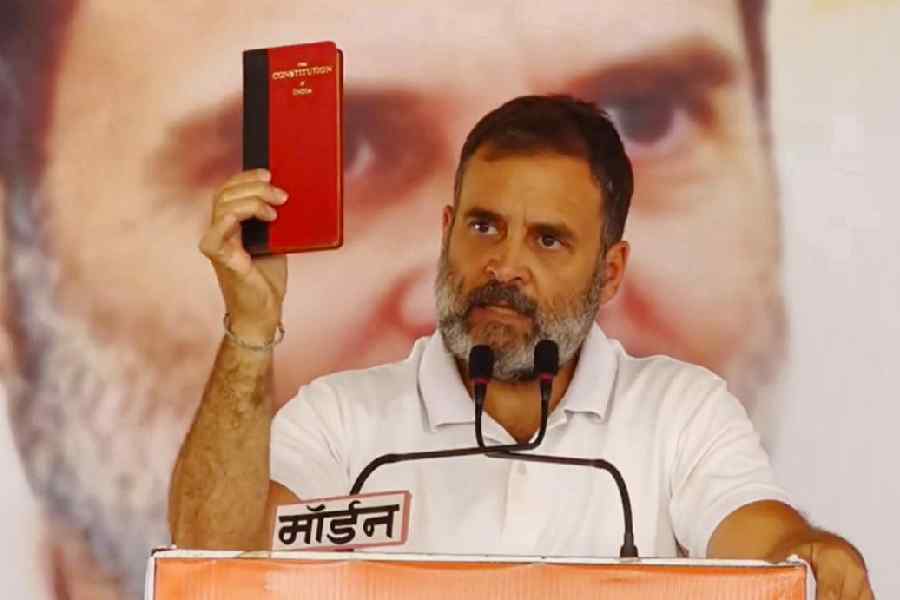‘The climate and ecological emergency’ is no longer a phrase that requires any explanation for humans to know what it means. The 2022 report of the Intergovernmental Panel on Climate Change has clearly warned that the time for action is now or never. The unprecedented, sudden fluctuations in the climate over the last few decades have made it evident that human intervention in nature and its impact on ecological conditions have crossed all limits. While international politics continues to locate the causes in terms of the divisions between the Global North and the Global South, all nations are now aware that the consequences are spread out for all. Given the gravity of the crisis, it is natural that Homo sapiens are starting to think of their future and, therefore, of their past radically differently than the way in which they have done so far. The era when nations and societies devoted most of their intellectual, scientific and cultural capital in sorting out the present is over. Now, they are seen investing all their might in either thinking about the past or thinking about the future, or both. Perhaps, in the coming decades, nations of the world will come to be identified as two distinct blocs: one, the nations that are prone to a frenzied — and somewhat suicidal — glorification of the past; the other bloc of nations would be *those that accept with delayed humility the need for the co-existence of species. Ironically, neither false pride nor delayed humility sets them apart from the shared destiny of the species. The irreversible collapse into an unimaginable future has formed the context of some of the most striking works on history during the last few decades.
Three such works having a global impact on not only academic thinking but also policy and governments are: Francis Fukuyama’s The End of History and the Last Man (1992); Samuel P. Huntington’s The Clash of Civilizations and the Remaking of World Order (1996); and Andrew Shryock and Daniel L. Smail’s Deep History: The Architecture of Past and Present (2011).
Fukuyama’s thesis was that since the ideas that triggered movements and revolutions in the last few centuries have already reached a culmination, the existence of humans in the future is likely to be significantly ideology-free, an existence marked by a self-engrossed consumerist and recklessly individualistic society that is drifting towards the end-game.
Intended as a response to Fukuyama’s influential position came Huntington’s vision of a new world order. He chose to look at it in terms of some grossly over-simplified grouping of ‘civilisations’ seen by him as the future war-fields. The Clash of Civilisations was a work that met with more refutations than endorsements. Huntington had not taken into account Sigmund Freud’s debunking of civilisation as a tyrannical super-structure conflicting every moment with an individual’s pursuit of what Freud calls the “pleasure principle”. Similarly, Michel Foucault’s eloquent defence of insanity against civilisation had escaped Huntington’s grasp. Yet, despite the weak philosophical foundation of Huntington’s thesis, it had a pervasive political impact on the world as American foreign policy imbibed some of his assumptions. The ethnic, religious and cultural conflicts that have, alas, engulfed the world during the last three
decades indicate that the new world order that has been emerging is not too far from the plot sketched out by Huntington.
Fukuyama and Huntington had positioned their arguments on the basis of ‘modernity’ as a given since it was a radical departure from the past. That, indeed, has been at the heart of historiography of the last two millennia and beyond since the eighteenth century. Dividing the past in terms of prehistory, proto-history and history has been the practice throughout the 19th and the 20th centuries. However, recent developments in human genetics, evolutionary biology and the rapid expansion of archaeology in all continents have created a new space for interpreting the past. Shryock and Smail use these advances in creating a new architecture for the treatment of the past, calling it “Deep History”. It shows that most of the historical phenomena that one had traced back only up to the ‘modern age’ and the post-industrial, post-rationalism era have had their origins in long-forgotten and remote early-ages in the life of Homo sapiens: almost, as it were, the question of origin and any precise beginning makes no sense in the epic trajectory of the ‘intelligent species’. Deep History introduces the notion of “fractals”, the slow preludes to the Anthropocene, which emerged even before the Holocene had its marked chronological marked beginning and which is all intertwined with the rise (and the fall) of civilisations. In other words, what we popularly call ‘civilisation’ is as yet a work in progress, and the spectre of complete annihilation of life facing the planet too has been a long-time work in progress.
When I first read Deep History, it reminded me of an enigmatic metaphor that the 17th-century, Iran-born, Indian poet, Abu Talib Kalim, had presented in his Shahajan-namaz. Writing of ‘history’, Kalim said: “We are unaware of the beginning and the end of the world: the first and the last pages of this old book have fallen away.” The incomplete book is yet a single book, with no page that can be marked as ‘Page 1’ — a definite beginning — and none that has the ‘The End’ inscribed on it.
As Fukuyama argues, it is certain that the time for dreaming of any new utopia is over. It is also clear that nations are engulfed in cultural and religious strife among them as well as within themselves. It is also no longer a new revelation that where we have arrived all began a long time back. Yet, as Albert Camus said in his iconic novel, The Plague, “one must work where one is, and do as much as what one can.” Surrounded by culturally suicidal bragging about one’s past accomplishments, the blaming of historical epochs of subjugation, a poisonous hatred for other cultures and other religions, a real-time worry about shrinking natural resources, the diminishing dignity of human life, an already dried-up democracy, the mindless pursuit of greed causing obscene income-gaps, the rising threat of Artificial Intelligence to human civilisation, and a post-shame, post-truth public discourse, one must yet continue to hope to avert the crisis.
As I write this in the last week of March 2024, I sense that this thought is uppermost in the minds of Indian citizens. Hope alone in times of declared or undeclared emergencies may not do miracles, but it can sustain the human spirit. Hope and action together, though, can certainly bring about a change as the ‘single book’ of history amply demonstrates.
G.N. Devy is a cultural activist










